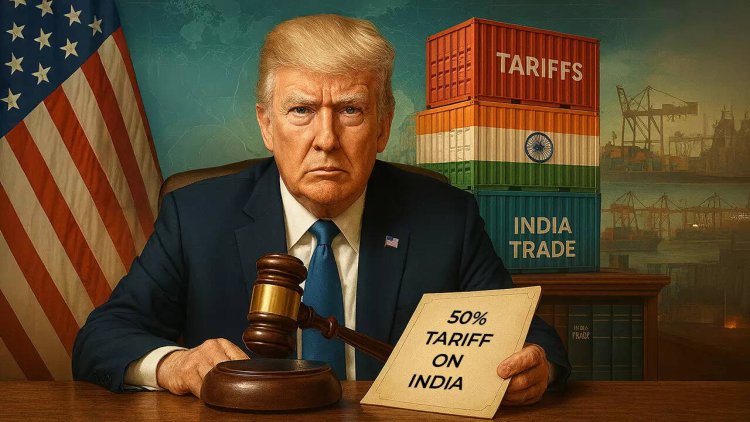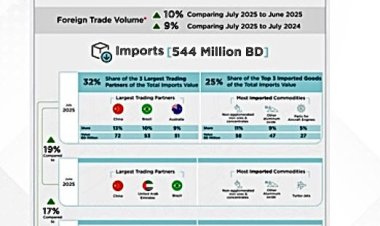US Hikes Tariffs on Indian Imports to 50%, Raising Trade Tensions

US Hikes Tariffs on Indian Imports to 50%, Raising Trade Tensions
In a major development that could impact global trade dynamics, the United States has announced an increase in tariffs on a wide range of Indian imports, raising them up to 50%. The move marks a sharp escalation in trade tensions between the two nations and has sparked concern among exporters, economists, and diplomatic observers alike.
The tariff hikes primarily target sectors where India has traditionally held a competitive advantage. These include textiles and garments, steel and aluminum products, electronics, and certain pharmaceutical ingredients. With these new duties, many Indian businesses fear a sharp decline in export volumes to the U.S., potentially leading to job losses and economic disruption in key manufacturing regions.
U.S. trade officials have defended the decision, stating that it is a necessary step to address longstanding concerns about market access, trade imbalances, and what they describe as discriminatory digital tax practices imposed by the Indian government. According to a statement from the Office of the U.S. Trade Representative, the new tariffs are intended to "level the playing field" for American companies competing in global markets.
India, in response, expressed "deep disappointment" over the move. The Ministry of Commerce noted that the tariff hikes were "unjustified and excessive," and confirmed that the government is considering retaliatory tariffs and may also bring the matter before the World Trade Organization (WTO). Indian officials argue that the digital tax policy was implemented fairly and in alignment with global efforts to regulate big tech.
Economists warn that the economic fallout from the tariff hike could be significant. In the short term, U.S. importers may face higher costs and disrupted supply chains, while Indian exporters could see a decline in orders. Over the longer term, such trade disputes could erode trust and cooperation between two of the world’s largest democracies a troubling outcome in a time of growing geopolitical uncertainty.
As of now, no timeline has been set for further negotiations. Analysts suggest that both sides may wait until after upcoming elections in the U.S. before re-engaging in serious talks. Until then, businesses are left to navigate the uncertainty, and consumers in both countries may begin to feel the effects through higher prices and reduced product availability.























